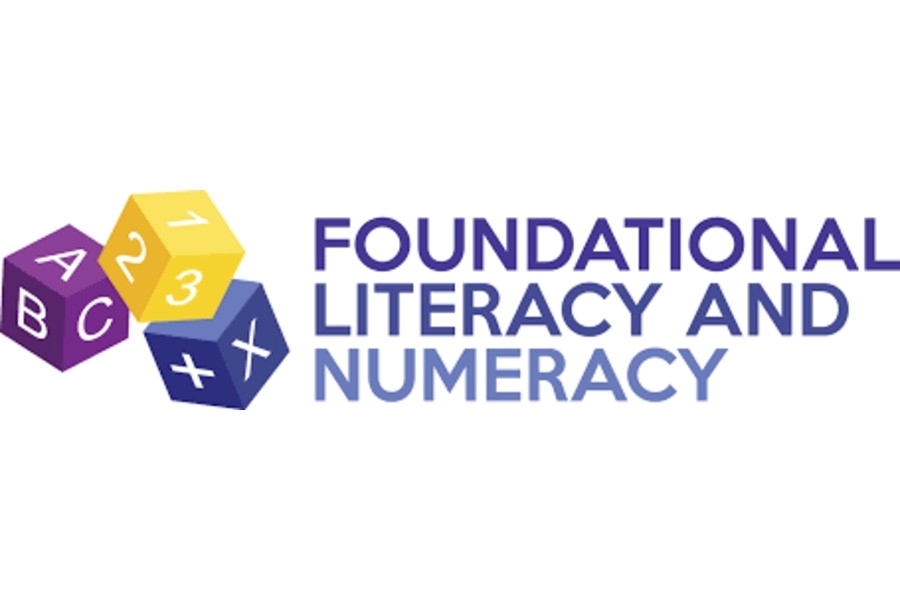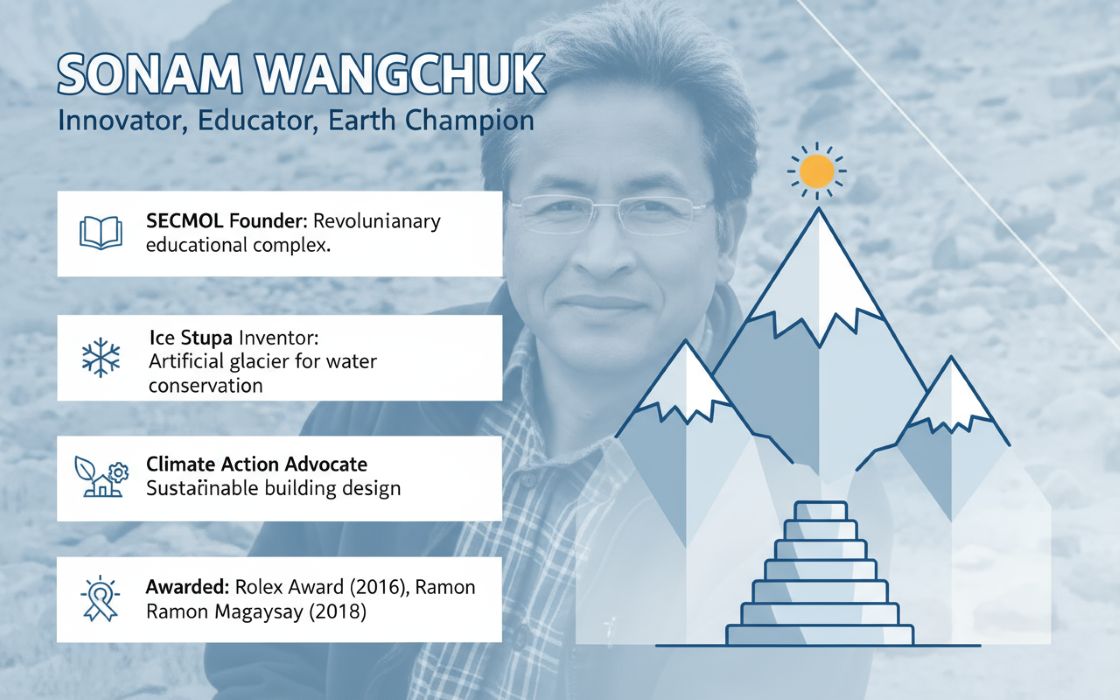In a rapidly changing world where career paths are no longer linear, the ability to design one’s life with intention, adaptability, and self-awareness has never been more essential. Recognizing this, Navyug Mohnot, Stanford-certified Designing Your Life (DYL) Educator, Coach, and Facilitator, has brought the globally acclaimed DYL framework to Indian high school students through the Designing Your Future program. Drawing on his rich experience across IIT Delhi, Harvard, and Stanford, he is helping teenagers reimagine success, not as a single destination, but as an ongoing process of exploration, reflection, and purposeful action.
Through this initiative, he aims to equip students from grades 9-12 with tools to navigate uncertainty, break free from rigid societal expectations, and design futures aligned with their strengths and values. In this interaction, Navyug shares how Designing Your Life is transforming the way Indian students think about careers, choices, and happiness, encouraging them to prototype possibilities and design lives that are not just successful but deeply fulfilling.
Scroll down to read the full interview.
Q&A
Q. What inspired you to bring Stanford’s Designing Your Life framework to Indian high school students through the Designing Your Future program?
A. I’ve seen many talented Indian students excel academically yet feel uncertain about their futures. Designing Your Life empowers teenagers to explore possibilities, prototype ideas, and align choices with their strengths and values. I wanted to give Indian students tools to proactively shape their lives, rather than be limited by societal expectations or conventional career paths.Moreover, given that this framework has been developed at a leading University and is based on evidence and research, it further convinced me of the way forward.
Q. Why do you think it is crucial to introduce such a framework specifically at the Grades 9-12 stage in India?
A. Grades 9-12 are formative, high-pressure years when students make choices that shape higher education and careers. Introducing the framework here helps them pause, reflect, and explore multiple possibilities before committing to a path. It normalizes curiosity and experimentation while they’re still shaping identity and aspirations.
Q. The DYL framework was created in the US. How have you adapted it to address the unique aspirations, challenges, and cultural context of Indian teenagers?
A. We’ve adapted the framework by including Indian examples, addressing parental and societal expectations, and blending conventional and emerging career paths. Students learn to explore possibilities while respecting cultural realities, communicate aspirations effectively, and balance personal fulfilment with social context. The stories that Indian students grow up with are very different...and yet we saw a universality in the approach of this framework.
Q. From your experience so far, how have students responded to this approach of exploring multiple pathways rather than a single “right” career choice?
A. Students often feel relief and excitement when they discover there isn’t only one path.Experimentation boosts confidence, motivation, and clarity, and encourages creativity and resilience, showing setbacks are part of learning rather than failure. What was most heartening was to see that more and more parents are "okay" when their child doesn't have a clear path visualised and wants to experiment and even take time off.
Q. This program draws on behavioral science, positive psychology, and design thinking. Could you share how these disciplines come together in practice for students?
A. Behavioural science highlights habits and biases, positive psychology emphasizes strengths and well-being, and design thinking offers an iterative process to explore multiple futures. Together, they help students approach life as a series of design challenges rather than fixed constraints.The most important set of principles, tools, and mindset that the Designing Your Life framework draws upon is the 'design literature'.After all, life is a design process.
Q. Indian teenagers often face immense academic and societal pressure. How can the DYL approach help them navigate confusion, expectations, and self-doubt?
A. DYL reframes pressure as an opportunity to explore. Students learn to break down overwhelming expectations into manageable experiments, build confidence in their choices, and transform self-doubt into curiosity and actionable steps. DYL helps them reframe the issues and overcome "stuckness" so they can move forward more positively.
Q. In your view, what are the three most important skills that teenagers today must develop to thrive in an uncertain, fast-changing future?
A. Adaptability, curiosity, and resilience. Adaptability enables them to pivot, curiosity fuels learning and exploration, and resilience helps them recover from setbacks and make informed choices with confidence.The ability to constantly learn needs to be acknowledged as well, and in some ways, it underpins the above three.
Q. You’ve had a remarkable career spanning IIT Delhi, leadership coaching at Harvard, and DYL certification from Stanford. How has your own life shaped your belief in “designing” one’s future?
A. My own journey has been guided by exploration, experimentation, and reflection. Designing my life intentionally — assessing my values, strengths, and curiosity—has helped me navigate transitions purposefully. This experience reinforces that anyone, including teenagers, can shape their trajectory with the right mindset and tools.In summary, my lived experience was rooted in DYL, although I didn't know it at the time.
Q. How does the program encourage students to look beyond academic performance and think about life design more holistically?
A. We encourage reflection on values, interests, strengths, and well-being alongside academics. Activities include mapping life experiences and prototyping futures. This helps students see success beyond grades, focusing on a meaningful, balanced life. They start to realise: you don't have to be successful to be happy...but be happy to be successful. Also, by building self-awareness, they can make more coherent choices.
Q. What would you say to parents and educators who still believe in conventional career paths and may hesitate to let teenagers “experiment” with their futures?
A. Experimentation doesn’t mean abandoning responsibility. It builds resilience, self-awareness, and creativity- essential 21st-century skills. Supporting teenagers in exploring their passions often leads to greater long-term success, happiness, and meaningful contributions than strictly following conventional paths. I would say to parents: Do you not want your child to feel fulfilled, flourish, and live based on their values?

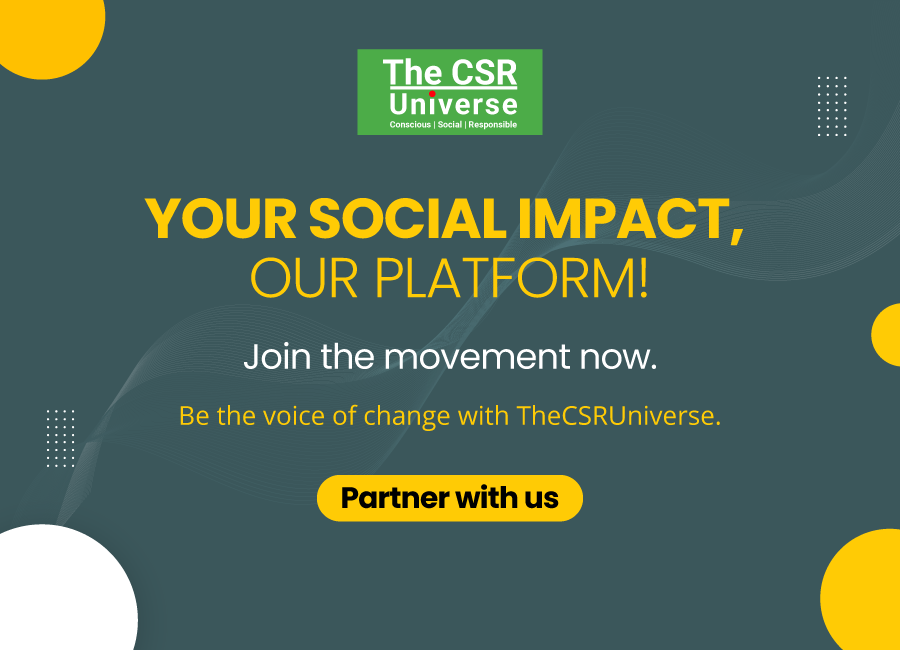

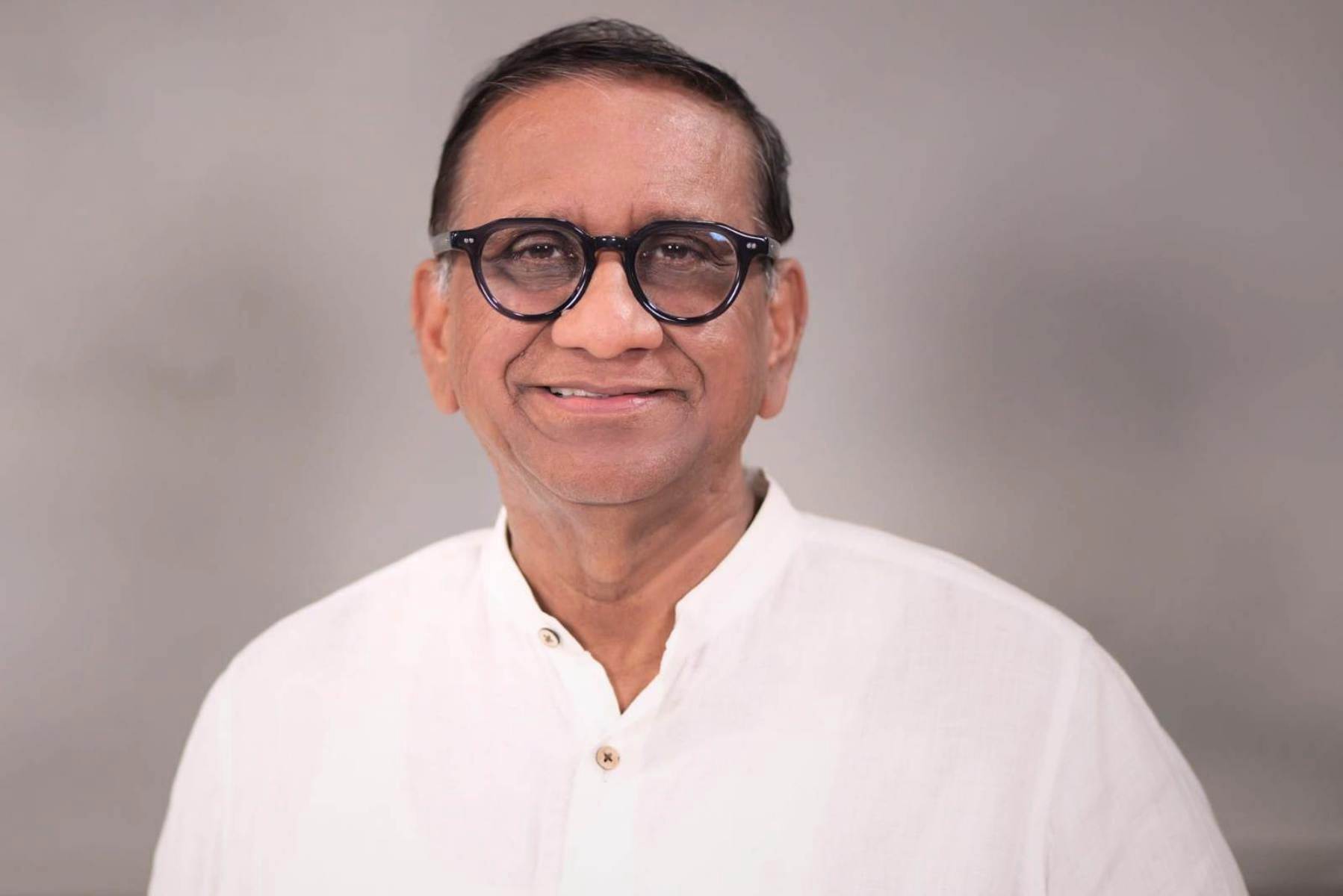
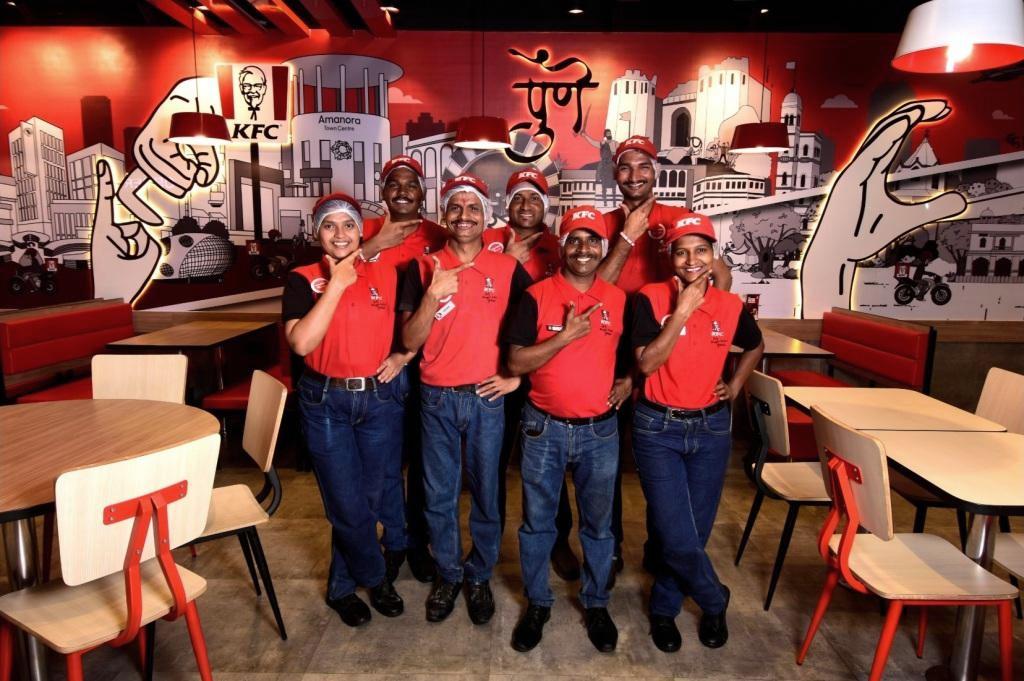

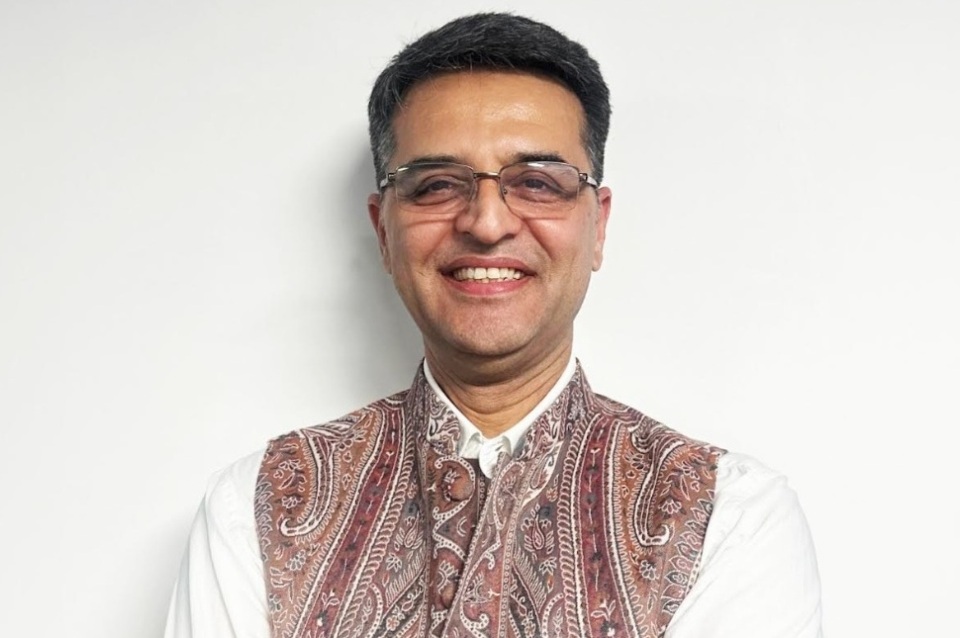
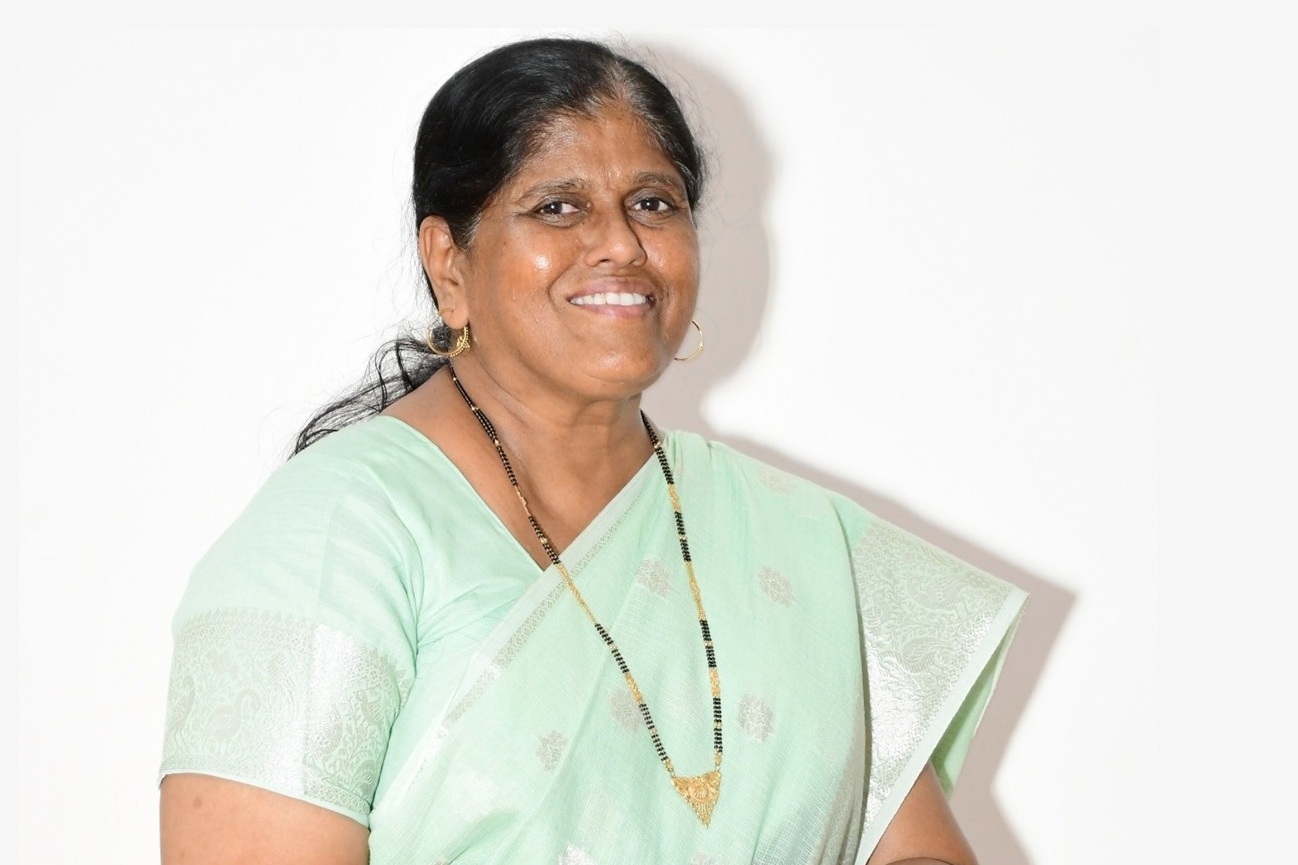
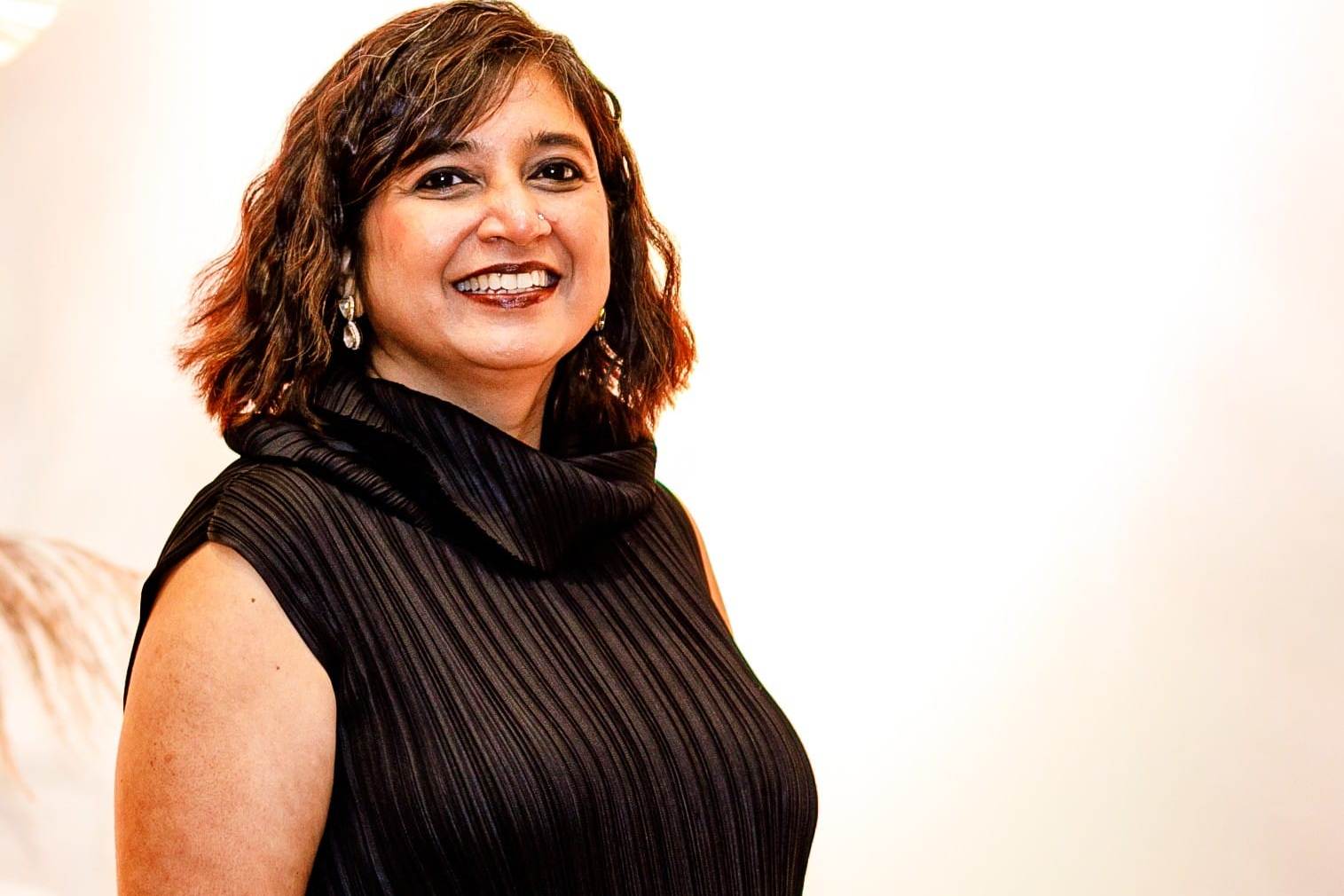

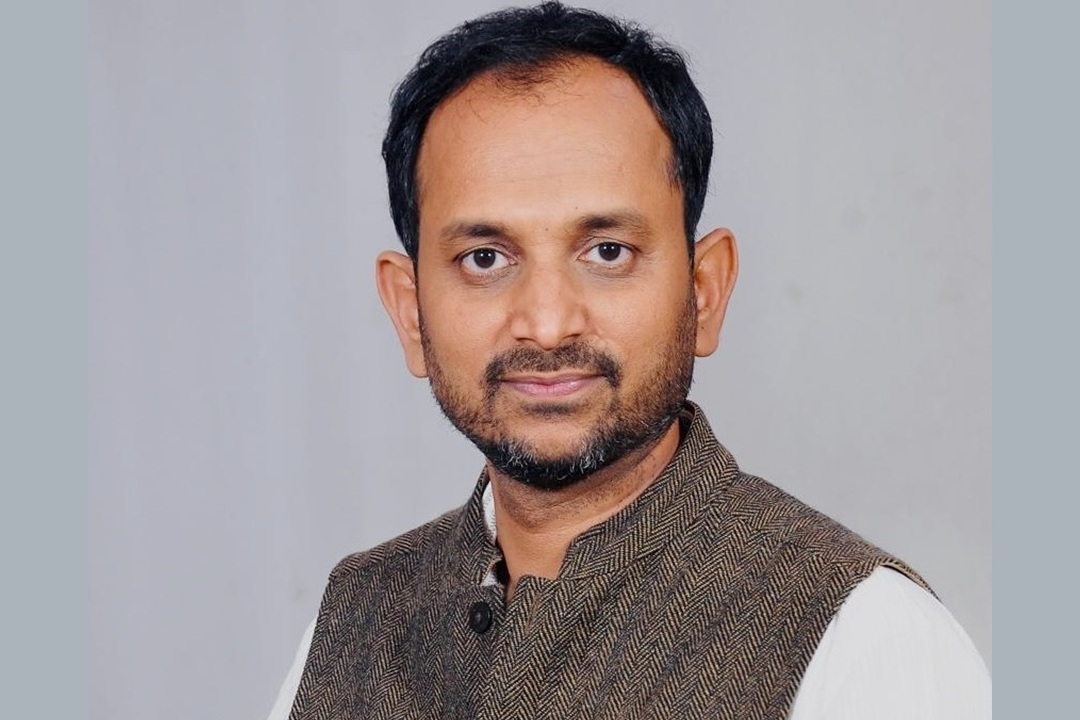
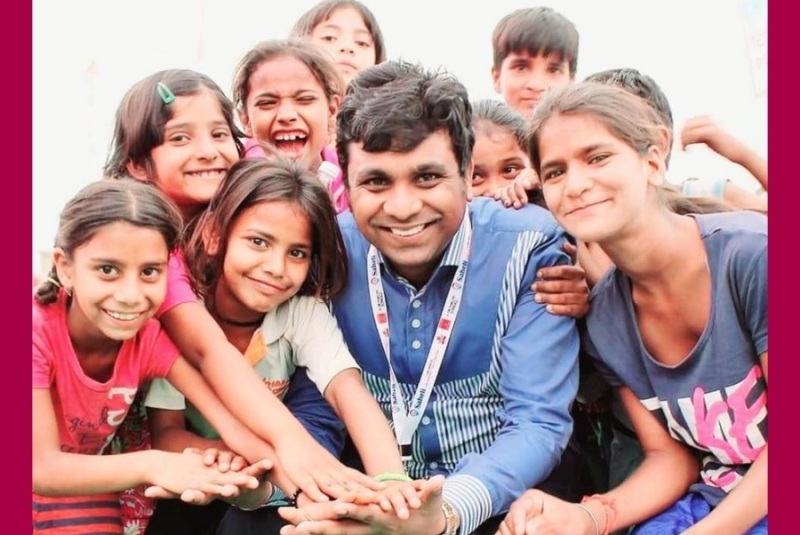
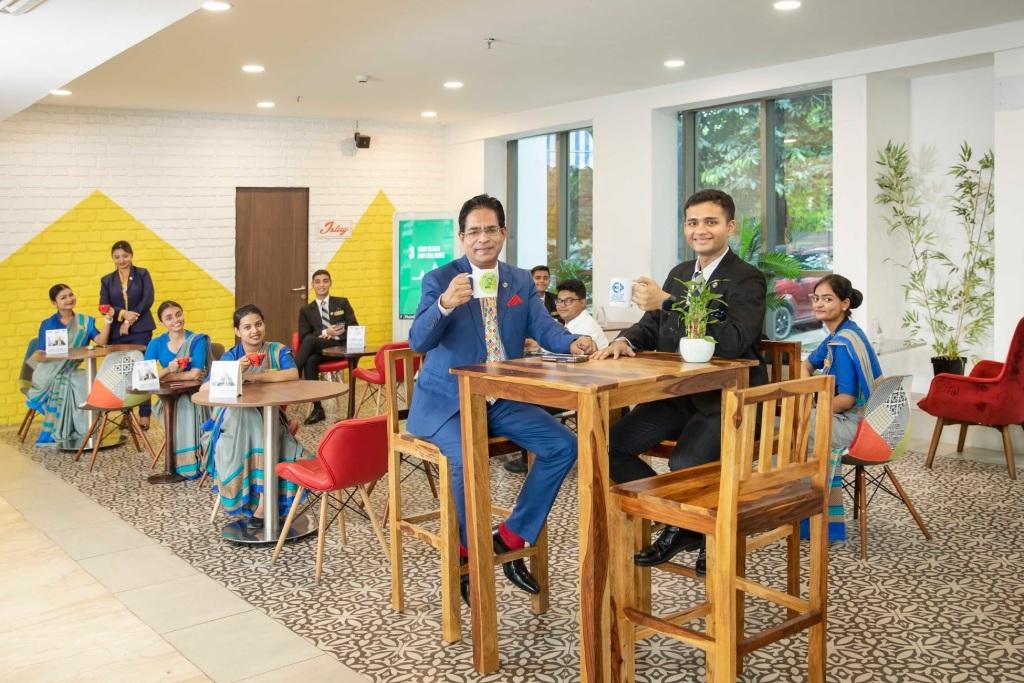
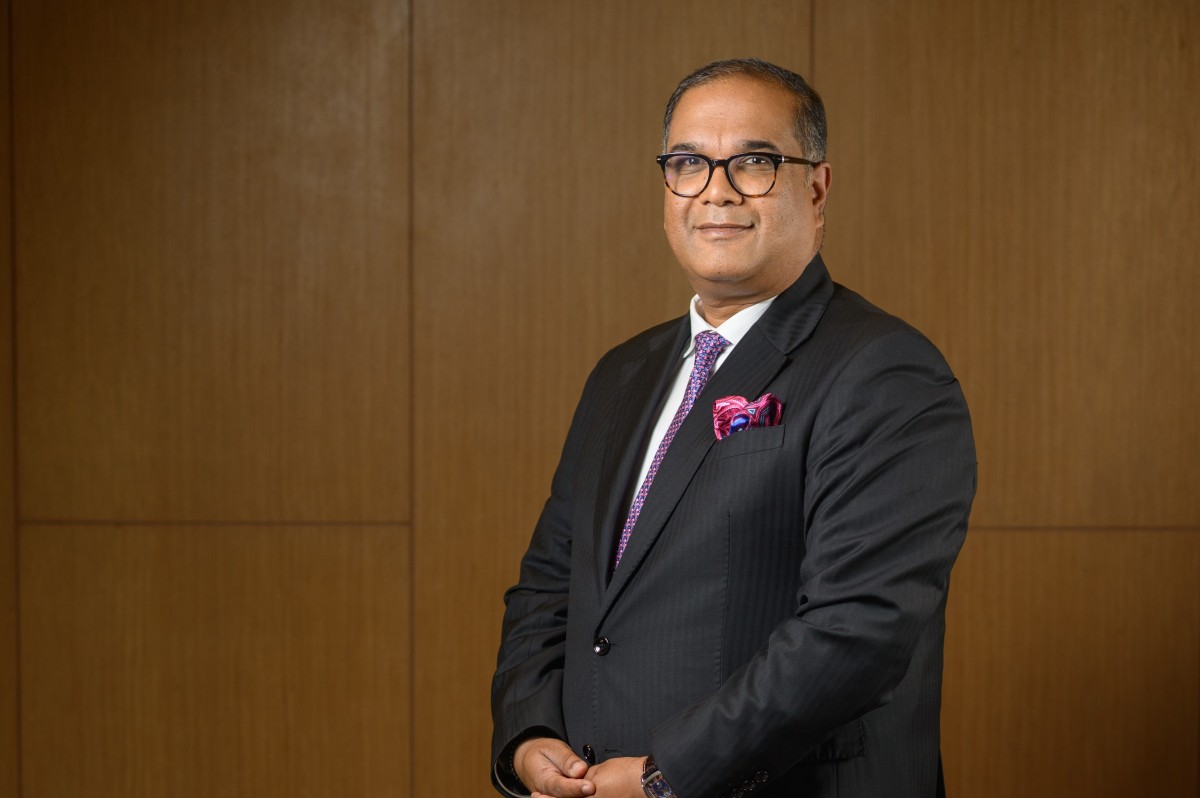
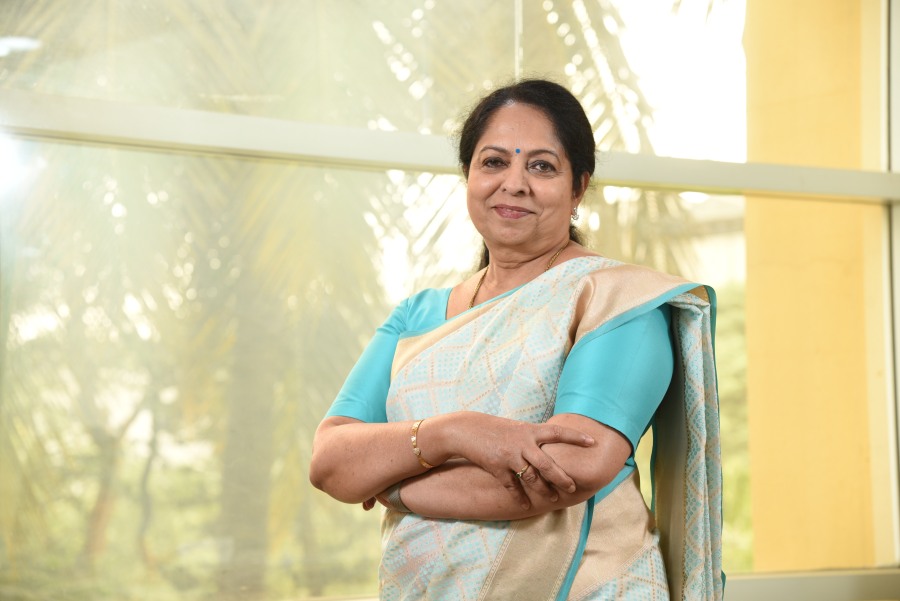
.jpg)
